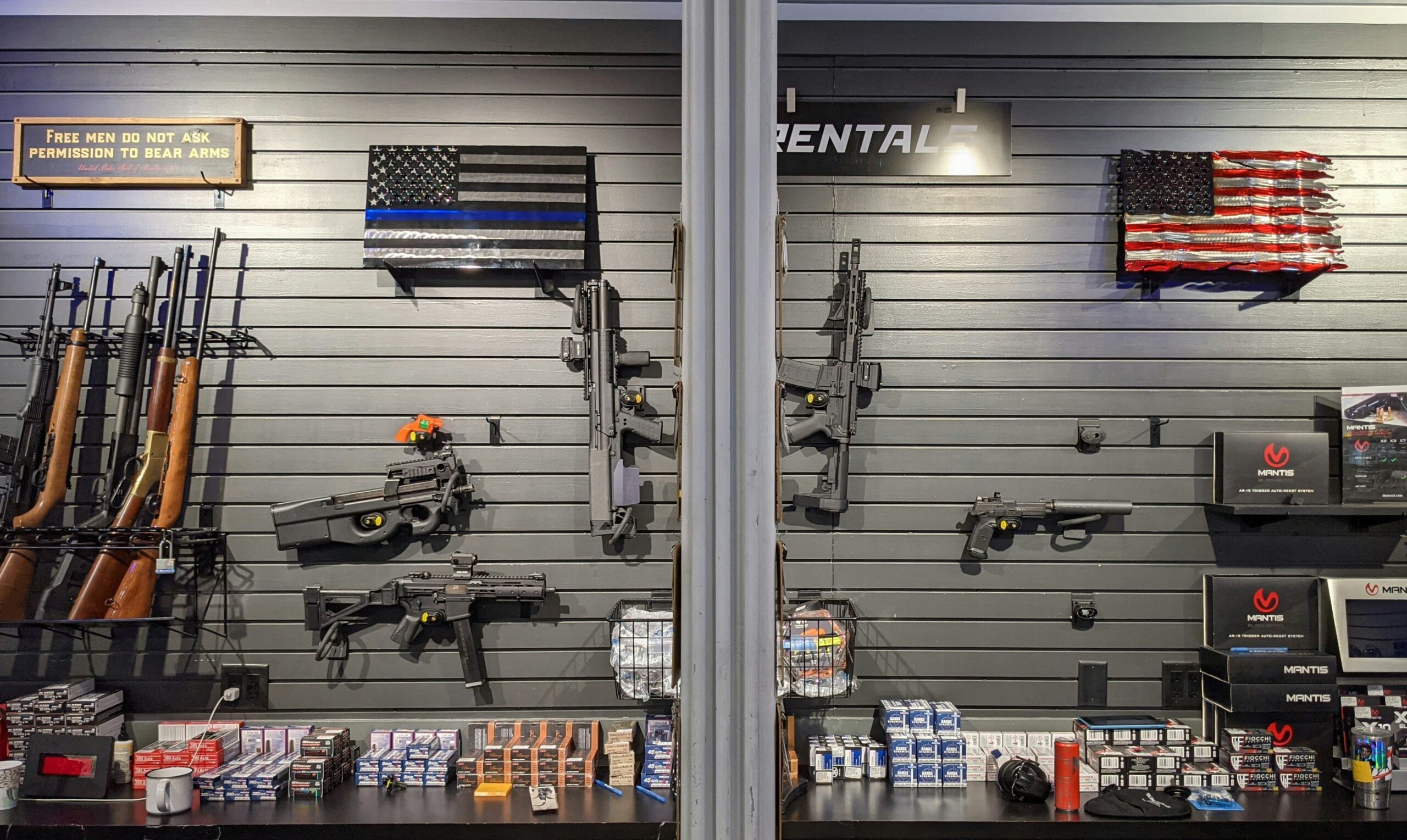
The firearms industry has undergone remarkable changes over the years, driven by technological advancements, shifting regulations, and evolving consumer demands. As we move into the 21st century, the industry faces various challenges and opportunities shaping its future. The growth and evolution of the firearms market are closely tied to these forces, which not only impact the way firearms are manufactured but also the way they are marketed and sold. In this article, we will explore the key trends and challenges that continue to define the firearms industry, shedding light on the innovations transforming it.
Technological Advancements Shaping Firearms Design
In recent decades, one of the most significant developments in the firearms industry has been the advancement of technology. This includes everything from materials science to precision engineering, which has led to more efficient, reliable, and durable firearms. Modern firearms are now made with lightweight materials such as polymer, drastically reducing weight while maintaining strength and durability.
Beyond mechanical advancements, digital technology is also playing a role in the evolution of firearms. Innovative firearms incorporating technology like fingerprint scanning for additional security have emerged to prevent unauthorized use.
Shifting Consumer Demands and Market Segments
The firearms industry has also experienced shifts in consumer preferences, particularly as demographics and lifestyle trends change. Over the years, there has been a noticeable shift in the firearms people purchase. This trend can be attributed to increased concerns about personal safety and rising crime rates in certain areas. As a result, manufacturers are responding by designing more compact, concealable firearms that cater to this specific market.
Another trend that has emerged is the growth of recreational shooting sports. Events such as competitive shooting and target practice have gained popularity, particularly among younger generations. This shift has prompted manufacturers to focus on producing firearms that are not only functional but also aesthetically appealing and comfortable to use.
The Impact of Regulations on the Firearms Industry
One of the most significant challenges facing the firearms industry is the ever-changing landscape of regulations. Gun laws vary widely from state to state and country to country, and keeping up with these laws can be a complex and time-consuming process for manufacturers and retailers alike. Stricter regulations in specific regions have led to production and distribution challenges and greater scrutiny on sales practices.
Internationally, export restrictions and regulations on firearms trade can also create barriers for manufacturers looking to expand their markets. This has prompted companies to focus on compliance and regulatory monitoring, ensuring that their products meet the requirements of different regions. However, these regulations are not solely restrictive; they also drive innovation regarding safety features, with manufacturers developing firearms that meet or exceed regulatory standards in various markets.
The Rise of Online Sales and E-commerce
In recent years, the growth of e-commerce has had a profound impact on the firearms industry. With more consumers shopping online for everything from accessories to firearms, manufacturers and retailers are increasingly shifting their focus toward online sales.
Moreover, online forums and communities have created a wealth of information and resources for firearm enthusiasts, enabling them to stay updated on the latest industry trends and best practices. Manufacturers leverage this shift by engaging with customers through social media, email marketing, and online content to build brand loyalty and create personalized customer experiences.
Challenges of Safety and Public Perception
Despite the advances in technology and innovation, one of the significant challenges facing the firearms industry is public perception and safety concerns. The increasing number of mass shootings and incidents involving firearms has led to heightened public scrutiny of the industry.
Manufacturers know these concerns and have taken steps to address them by developing safer firearms and enhanced security measures. However, the challenge of public perception remains a significant hurdle for the firearms industry. The growing divide between those who support Second Amendment rights and those advocating for gun control makes it challenging to find common ground, which impacts legislation, public opinion, and sales.
The firearms industry is transforming, marked by rapid technological advancements, shifting consumer demands, and evolving regulations. These changes are creating new opportunities for innovation, but also present significant challenges that must be carefully navigated. From integrating innovative technology into firearms to the rise of e-commerce and the growing demand for personal defense, the industry is adapting to meet the needs of modern consumers. However, it also faces increased pressure to address safety concerns, public perception, and the regulatory environment.